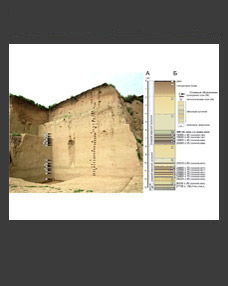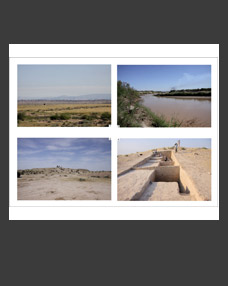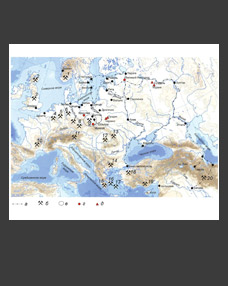Dmitry V. Selina,#, Yury P. Chemyakinb,c,##
a Institute of Archaeology and Ethnography, Siberian Branch RAS, Novosibirsk, Russia
b Ural State Pedagogical University, Yekaterinburg, Russia
c “Barsova Gora” Historical and Cultural Research and Production Centre, Surgut, Russia
#E-mail: selin@epage.ru
##E-mail: yury-che@yandex.ru
Keywords: Surgut area of the Ob region, Barsova Gora, the early Iron Age, Kulayka CHC, pottery, technical and technological analysis.
The article presents the results of a technical and technological analysis of 100 vessels of the Kulayka cultural and historical community, henceforth CHC, (Surgut variant) from the fortified settlement of Barsov Gorodok I/4. It was determined that, according to the ideas of the potters, one type of initial plastic raw material was selected, i.e., ferruginous clays. Eight subspecies of clays have been identified, differing in the degree of sandiness and the nature of natural impurities. For the manufacture of ware, they used admixtures of broken stone, chamotte, organic solution, and sand. The dominant recipe is Clay + Сhamotte (67%). The container of the body was molded from ribbons. The rim was additionally shaped with a strap up to 1 cm in diameter. Devices for surface treatment are varied and were used in various combinations. Comparison of the pottery technology of Barsov Gorodok I/4 with the technology of other Kulayka sites of Barsova Gora demonstrated differences in the traditions of composition of paste, individual skills in constructing a hollow body, and variants of surface mechanic treatment. It can be assumed that the population of the fortified settlement of Barsov Gorodok I/4, having common roots with the Kulayka CHC on Barsova Gora, mixed with the bearers of other pottery traditions. This is manifested in the change in the adaptive pottery skills of masters from the fortified settlement of Barsov Gorodok I/4, borrowing the tradition of composing pastes with chamotte and decorating the upper edge of the rim with an extra strap from other cultures of Barsova Gora. This situation can be explained by the relatively late functioning of the fortified settlement of Barsov Gorodok I/4, when the pottery traditions of the bearers of Kulayka CHC (Surgut variant) began to change under the influence of external contacts.
DOI: 10.31857/S0869606322030138







